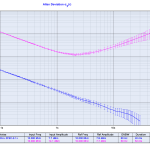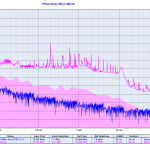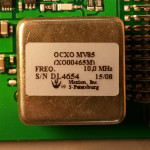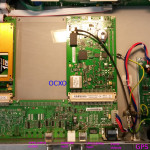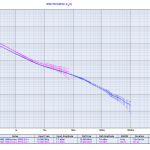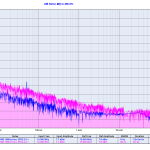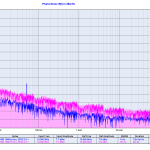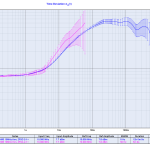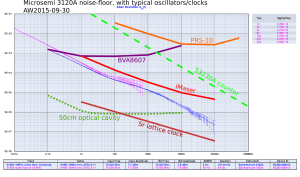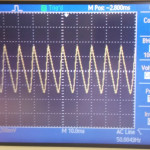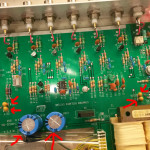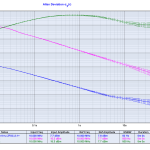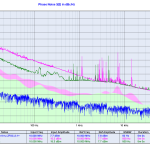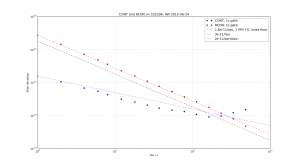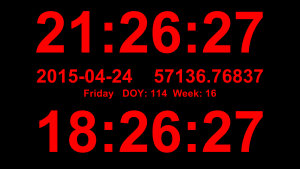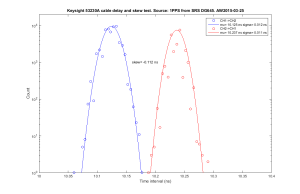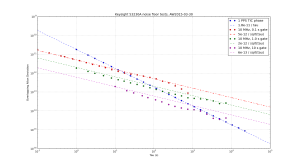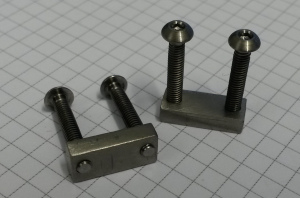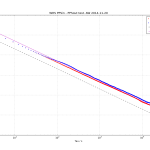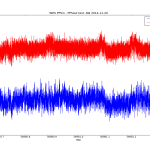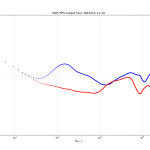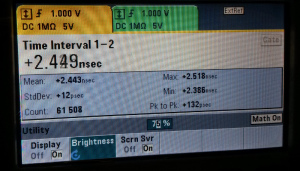1
2
3
4
5
6
7
8
9
10
11
12
13
14
15
16
17
18
19
20
21
22
23
24
25
26
27
28
29
30
31
32
33
34
35
36
37
38
39
40
41
42
43
44
45
46
47
48
49
50
51
52
53
| # use Tkinter to show a digital clock
# tested with Python24 vegaseat 10sep2006
# https://www.daniweb.com/software-development/python/code/216785/tkinter-digital-clock-python
# http://en.sharejs.com/python/19617
# AW2015-04-24
# added: UTC, localtime, date, MJD, DOY, week
from Tkinter import *
import time
import jdutil # https://gist.github.com/jiffyclub/1294443
root = Tk()
root.attributes("-fullscreen", True)
# this should make Esc exit fullscrreen, but doesn't seem to work..
#root.bind('',root.attributes("-fullscreen", False))
root.configure(background='black')
#root.geometry("1280x1024") # set explicitly window size
time1 = ''
clock_lt = Label(root, font=('arial', 230, 'bold'), fg='red',bg='black')
clock_lt.pack()
date_iso = Label(root, font=('arial', 75, 'bold'), fg='red',bg='black')
date_iso.pack()
date_etc = Label(root, font=('arial', 40, 'bold'), fg='red',bg='black')
date_etc.pack()
clock_utc = Label(root, font=('arial', 230, 'bold'),fg='red', bg='black')
clock_utc.pack()
def tick():
global time1
time2 = time.strftime('%H:%M:%S') # local
time_utc = time.strftime('%H:%M:%S', time.gmtime()) # utc
# MJD
date_iso_txt = time.strftime('%Y-%m-%d') + " %.5f" % jdutil.mjd_now()
# day, DOY, week
date_etc_txt = "%s DOY: %s Week: %s" % (time.strftime('%A'), time.strftime('%j'), time.strftime('%W'))
if time2 != time1: # if time string has changed, update it
time1 = time2
clock_lt.config(text=time2)
clock_utc.config(text=time_utc)
date_iso.config(text=date_iso_txt)
date_etc.config(text=date_etc_txt)
# calls itself every 200 milliseconds
# to update the time display as needed
# could use >200 ms, but display gets jerky
clock_lt.after(20, tick)
tick()
root.mainloop() |
